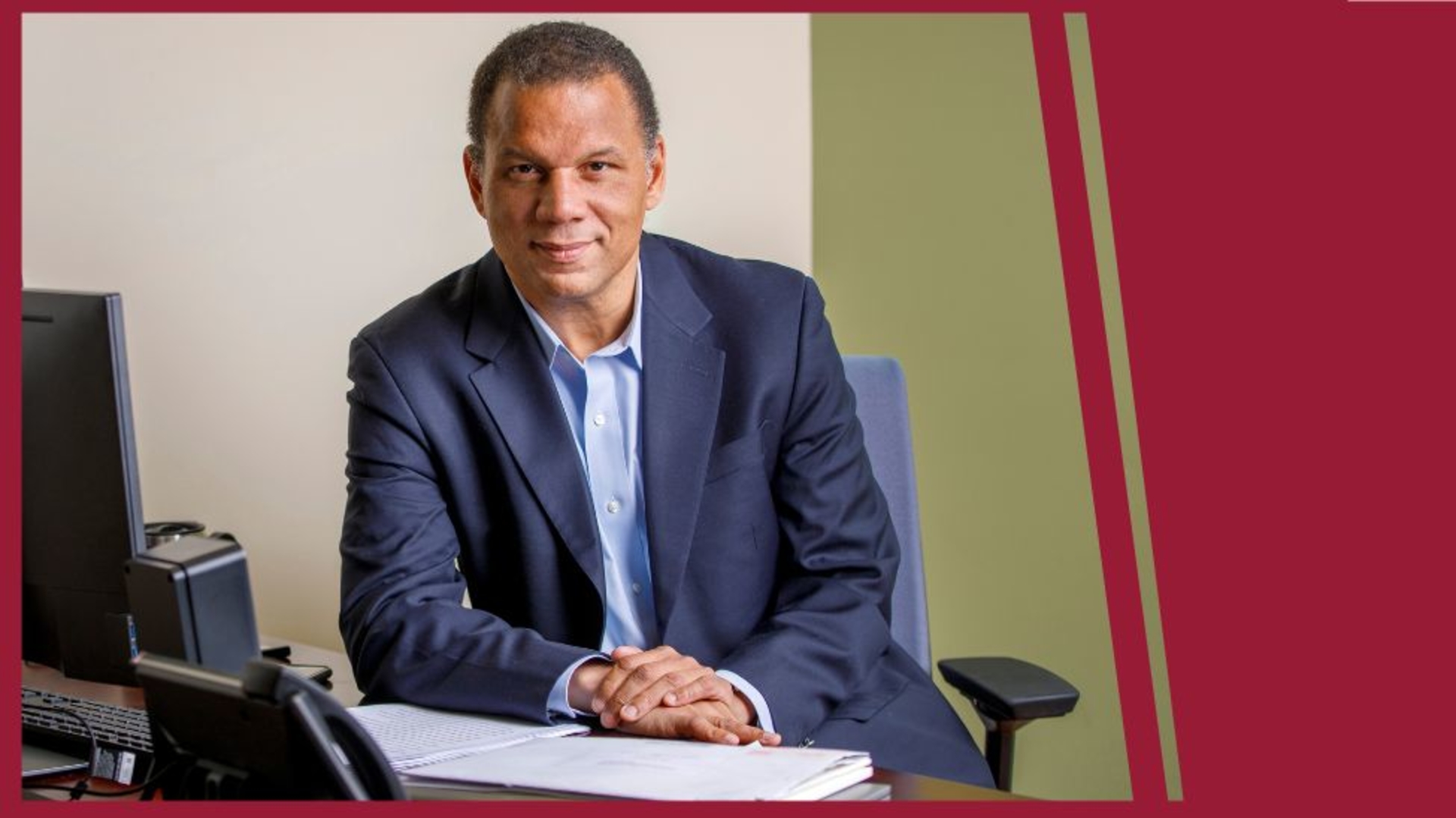
Friends, as a college community, we are deeply engaged in a reflective process of thinking about who we are as an institution and who we ultimately want to be. Our strategic plan, Envisioning Guilford College 2027, will help us answer some questions around the strategies for aligning much of what we do with our historic mission:
"Exploring what Guilford is good at and good for is of critical importance in our current planning process. One is not perceived as being greater than the other; indeed, both play an important role in our success at providing the education students need in the 21st century. "
To provide a transformative, practical, and excellent liberal arts education that produces critical thinkers in an inclusive, diverse environment, guided by Quaker testimonies of community, equality, integrity, peace and simplicity and emphasizing the creative problem solving skills, experience, enthusiasm, and international perspectives necessary to promote positive change in the world.
Read more from Guilford College Magazine.
Last year, as I was preparing to interview for the Guilford presidency, I read The Soul of a University, a book by Chris Brink, the former vice-chancellor of a public research university in England. In it, Chris challenges all of us working in colleges and universities to think differently about the work we do and the purposes of higher education. Many of us, he argues, are so focused on the competitive questions of what we are good at, that we lose an important focus on what we are good for, particularly in relation to the broader societal benefit.
Exploring what Guilford is good at and good for is of critical importance in our current planning process. One is not perceived as being greater than the other; indeed, both play an important role in our success at providing the education students need in the 21st century.
From a good-at perspective, we can reflect on our strong foundations as a liberal arts institution, where arts, humanities and sciences are at our core and students are taught to think deeply about the challenges of our broader society. How do we accomplish this? With faculty who are committed to mentoring and helping students develop their full potential in order to make a positive impact in the world. This has been true of Guilford for many years.
The good-for questions we will ask in the planning process are what I am most excited about. How does Guilford harness its potential to change the lives of everyone connected with the institution? How do we have a lasting effect not only on students but on members of the wider community? We are, after all, as New York Times education editor Loren Pope wrote for the first time in the 1990s, one of the Colleges That Change Lives.
The cover story for this issue of Guilford College Magazine illustrates how faculty members are core components of our good-for equation. They are leading through their teaching, research, scholarship and service, and, most importantly, mentoring and forging life-long relationships with students. Over the next several months, we will continue to develop our plan and focus on the good-for along with the good-at questions. I’m looking forward to charting our future together and continuing to build strategies for Guilfordians to have a broad impact on their communities.
Best regards,
Kyle Farmbry
President

